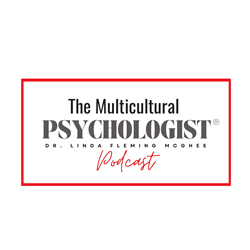Unraveling Attachment Trauma and Shame in the Treatment of Unresolved Attachment The Synergy of the
SPA E-Learning Center | 2025 SPA Convention
Abstract
This symposium will present how attachment trauma and deep shame assessed using the AAP and EMP was used in a Therapeutic Assessment with Mary, a mixed-race 16-year-old teenage girl being seen for depression and suicidal ideation. Exploring these measures, both of which have established cross cultural validity, helped the client experience some of the painful emotions she had buried (deactivated) without becoming dysregulated. The symposium begins by presenting the case background and core assessment questions. It then examines the foundation of the client’s AAP unresolved classification, demonstrating how Mary’s dysregulation was the result of her parents ongoing failed protection, which often left her feeling afraid, worthless and deserving of the punishment she received. The discussion moves to examine how the EMP reveals memories that provide insight into the triggers for Mary’s dysregulation, and internalization of shame. Finally, the case therapist will show how the AAP and EMP together provided a “deep dive” into the foundation of the client’s misery, in addition to highlighting how a culturally sensitive approach was fundamental to understanding Mary and her family. The case therapist will also discuss how the TA enabled Mary to see how she could pursue a normal life and relationships (e.g., a romantic partner) without being triggered by her “true” attachment experiences and shame. Feedback helped her to develop a more connected and worthy representation of self in relationships. Uncovering and providing a new lens for discussing lived experiences also helped create an openness and “secure base” for Mary’s parents to see the family origins of her problems.
Chair
Carol George | Mills College at Northeastern University
Goals & Objectives
- 1.Demonstrate how attachment themes from the AAP provide a powerful theoretical framework to understand the origin of a client’s emotional distress.
- 2.Demonstrate how the AAP offers a unique view into the development of shame, fear and pain in an adolescent’s life.
- 3.Discuss the role of the Early Memories Procedures as a valuable and efficient tool to identifying the source of the client’s representation of self, which was uncovered in the AAP.
- 4.Discuss the importance of addressing shame in the context of a family system.
- 5.Highlight the unique strengths and challenges of growing up in a multi-race-multi-ethnic family with very strong religious beliefs about parenting and how to protect children.

